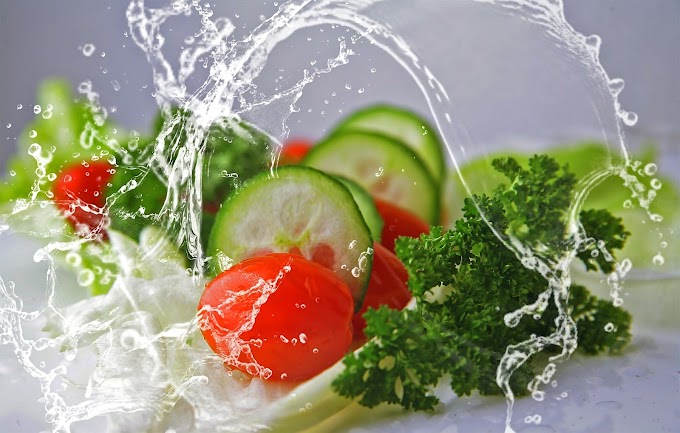Science Experiments at Home
Science Experiments at Home is probably the coolest thing you can do with your extra energy at home.
Experiment NO.1
All you want for this is a vacant water bottle. Then, at that point, twist the water bottle, which packs the air and pushes every one of the atoms together, and afterward, when you open it, it delivers the strain, and the particles extend, making the cloud.
Science Experiments at Home is a cool time elapse for youngsters and grown-ups.Experiment NO.2
You want vinegar, a raw egg, and a cup for this. Then, at that point, you just put the egg in the cup cautiously and fill it with vinegar to cover the egg totally, and afterward, you let it sit for 24 hours. After the 24 hours have passed, you can take your egg out, and you'll see the shell will only sort of focus on how I treated it. I just went in ran it under some water, and there you have a fun egg. Presently what it is, is the film of the egg. You can likewise focus light on it for a few cool impacts.
Experiment NO.3
You should get a bowl of high-temperature water and put the gallium in because it will liquefy quicker. And afterward, you can wear gloves assuming that you need them since it can get chaotic, yet it's excessive because it's non-harmful. Gallium is perhaps the coolest thing of all time. I think it has a liquefying point of just 29 degrees Celsius or 85 degrees Fahrenheit, so it softens in your grasp. It's metal. It resembles liquid metal. It's fascinating, and it is protected and non-poisonous.
Notwithstanding, I would not allow small kids to play with it unattended. Another intriguing thing is that it extends as it cools like water, and you can see while playing out this test that it shaped adorable stones as it cooled. That is the reason you can't store it in glass containers.
Experiment NO.4
All you want is baking powder and vinegar and a sandwich bag. Put the baking soda and vinegar together in the sandwich bag and sit tight for it to detonate. We did this in our sink and kept in mind that it didn't make an enormous wreck. I wouldn't do this in my living room. So all you want for this is baking soda, vinegar, an empty bottle, and a balloon. Then get a helper to help you put some baking soda in your balloon. One individual can hold it open, and the other can spoon in some baking powder. Put some vinegar inside your unfilled bottle and stretch your balloon over the top of the bottle; when you're prepared, you can dump it, and it will make a synthetic response that will fill up the balloon. You can likewise attempt it with a glove which is a cool one. But, again, be ready for a mess. It doesn't always come out the way it's supposed to be.
 |
| Science Experiments at Home |
Science Experiments at Home are the ideal way to connect with your kid and create a joyful study environment.
If you have tried any of these experiments, I would love to hear about them; let me know.










Nice post
ReplyDeleteNice post
ReplyDeleteWow😃
ReplyDeleteReally nice content
If you have any doubt, let me know.